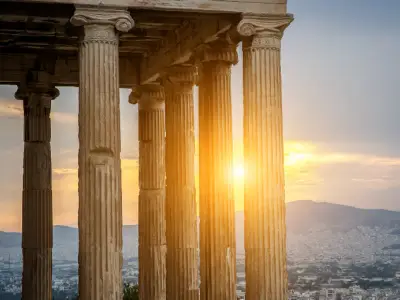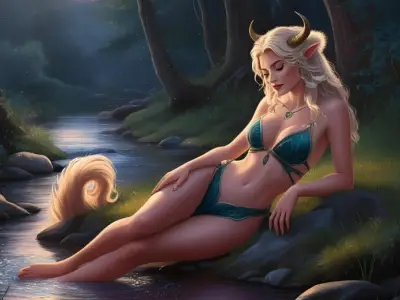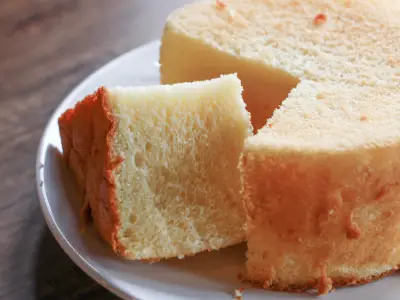Are you fascinated by the eerie and the unknown? Mythological creatures have long captured our imaginations with their terrifying tales and mysterious origins. From ancient folklore to classical mythology, these scary creatures have been the subject of countless stories meant to thrill, frighten, and sometimes even teach valuable lessons.
In this blog post, we'll explore some of the most terrifying mythical creatures from various cultures, exploring their chilling stories and the roles they played in their respective mythologies.
Jump to:
- The Wendigo: A Creepy Creature from Native American Folklore
- Medusa: The Most Feared Creature in Greek Mythology
- The Kraken: A Nightmare Mythical Creature of the Sea
- Chupacabra: A Dark Mythical Creature of Modern Folklore
- The Banshee: The Mythical Creature of Death
- The Jorōgumo: The Scariest Yokai of Japanese Mythology
- The Nuckelavee: A Creepy Monster from Scottish Folklore
- The Basilisk: The Deadliest Mythical Creature
- The Penanggalan: A Nightmare Mythical Creature from Southeast Asia
- The Dullahan: The Mythological Creature of Insanity
- The Manticore: A Creepy Creature of Persian Mythology
- The Kappa: The Most Feared Yokai in Japanese Mythology
- The Nian: A Scary Folklore Creature from Chinese Mythology
- Ammit: The Mythological Creature of Insanity in Egyptian Mythology
- Frequently Asked Questions About Mythological Creatures
- Study Greek Mythology for £29
1. The Wendigo: A Creepy Creature from Native American Folklore
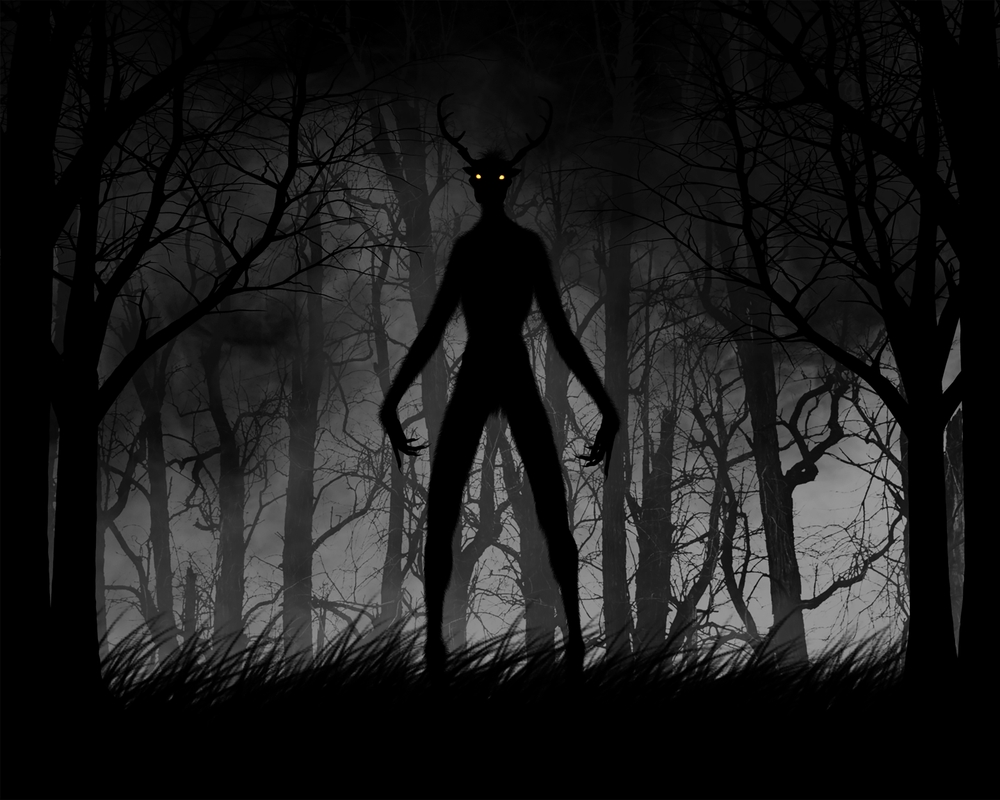
The Wendigo is a horrifying monster from the folklore of the Algonquian-speaking tribes in North America. This creepy creature is often described as a giant, emaciated being with a hunger for human flesh. According to legend, the Wendigo is born from humans who resort to cannibalism in the harsh winter months, transforming into a beast driven by an insatiable craving for human meat.
The Legend of the Wendigo
The Wendigo's story is one of the creepiest in Native American mythology. It serves as a cautionary tale against cannibalism and greed, embodying the fear of losing humanity. The Wendigo is often depicted with a gaunt frame, glowing eyes, and a heart of ice. It's said to roam the forests, always searching for its next victim, a chilling reminder of the darkness that can reside within human nature.
2. Medusa: The Most Feared Creature in Greek Mythology
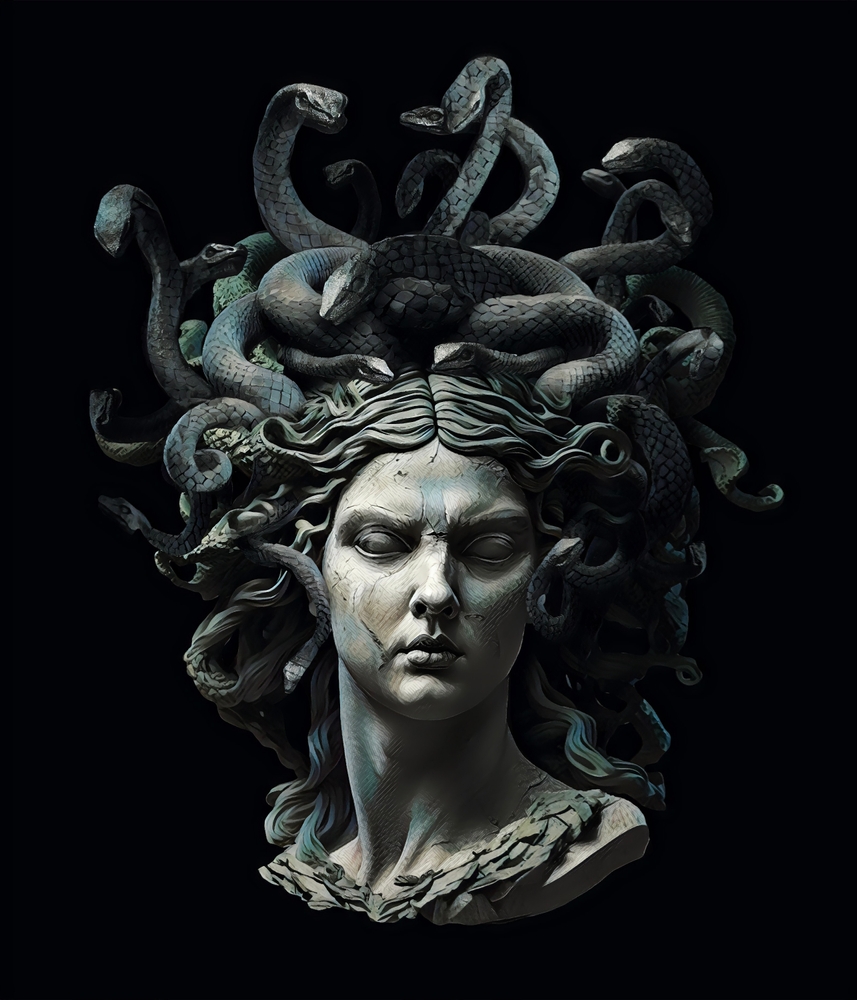
Medusa is one of the most recognisable and feared creatures in Greek mythology. With snakes for hair and a gaze that turns people to stone, Medusa's story is both tragic and terrifying. She was once a beautiful maiden who was cursed by the goddess Athena, transforming her into a monster that brought death to anyone who looked into her eyes.
The Tragic Tale of Medusa
Medusa's tale is a blend of beauty, betrayal, and horror. Cursed for being violated by Poseidon in Athena's temple, Medusa's transformation into a Gorgon was meant to serve as a punishment and a warning. Heroes like Perseus were tasked with slaying her, using cunning and bravery to avoid her deadly gaze. Medusa's head, even after her death, continued to petrify those who looked upon it, symbolising the enduring nature of her curse.
3. The Kraken: A Nightmare Mythical Creature of the Sea
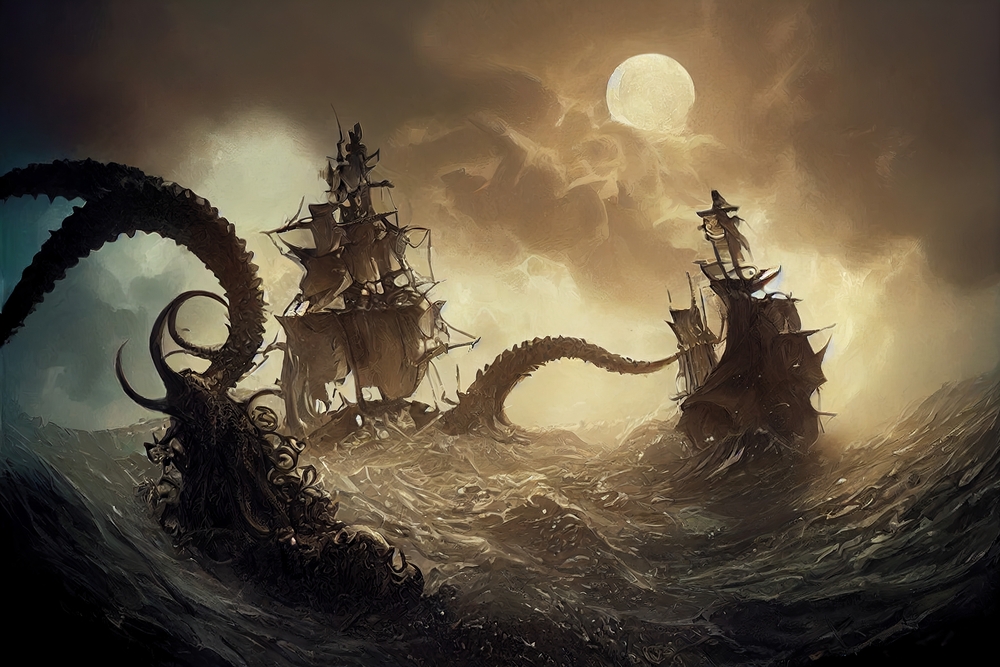
The Kraken is a monstrous sea creature from Norse mythology, often described as a gigantic octopus or squid. This terrifying mythical creature was said to dwell off the coast of Norway and Greenland, emerging from the depths to drag entire ships and their crews into the ocean's abyss.
The Fearsome Legend of the Kraken
The Kraken's legend has struck fear into the hearts of sailors for centuries. Descriptions of its enormous tentacles and the whirlpools it created when submerging have made it a symbol of the unpredictable and deadly power of the sea. Stories of the Kraken have inspired countless maritime tales, each more terrifying than the last, cementing its place as one of the most dreaded creatures in mythology.
4. Chupacabra: A Dark Mythical Creature of Modern Folklore
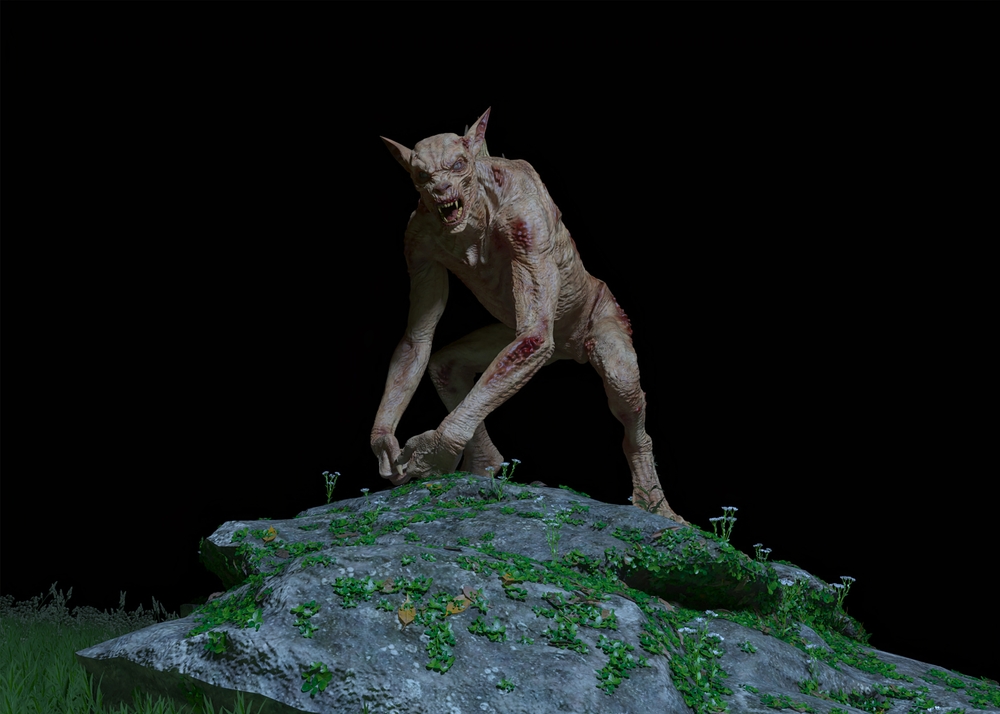
The Chupacabra is a relatively modern addition to the pantheon of scary mythological creatures. Originating in Latin American folklore, this creature is known for its attacks on livestock, particularly goats, which it allegedly drains of blood. Descriptions of the Chupacabra vary, but it is often depicted as a reptilian creature with spines along its back.
The Legend of the Chupacabra
First reported in Puerto Rico in the 1990s, the Chupacabra has since become a widespread legend across the Americas. The name itself means "goat-sucker," reflecting its gruesome method of killing. While some believe it to be a product of myth and mass hysteria, sightings and stories continue to keep the legend of the Chupacabra alive, adding to the world’s collection of creepy creatures.
5. The Banshee: The Mythical Creature of Death
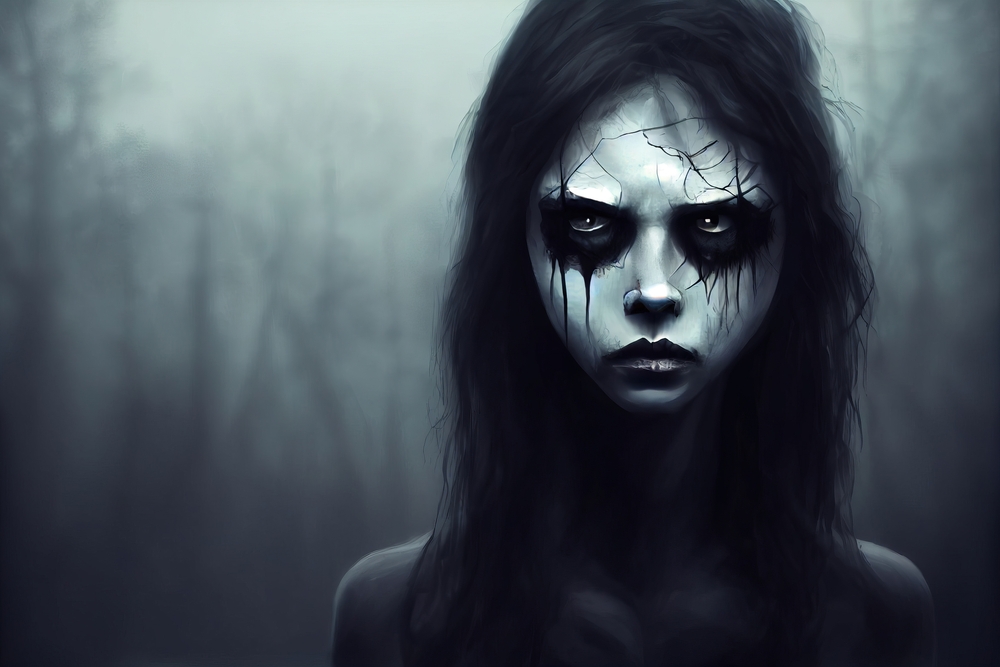
The Banshee is a spirit from Irish mythology, known for its wailing cry that foretells the death of a family member. Often described as an old hag or a beautiful maiden, the Banshee is a harbinger of doom, her mournful wail a chilling omen of impending death.
The Haunting Wail of the Banshee
The Banshee’s cry is said to be so piercing and sorrowful that it can stop the heart of those who hear it. According to legend, the Banshee does not cause death but rather warns of it, appearing to families of pure Irish descent. Her presence is both feared and respected, as she embodies the inescapable nature of death itself.
6. The Jorōgumo: The Scariest Yokai of Japanese Mythology
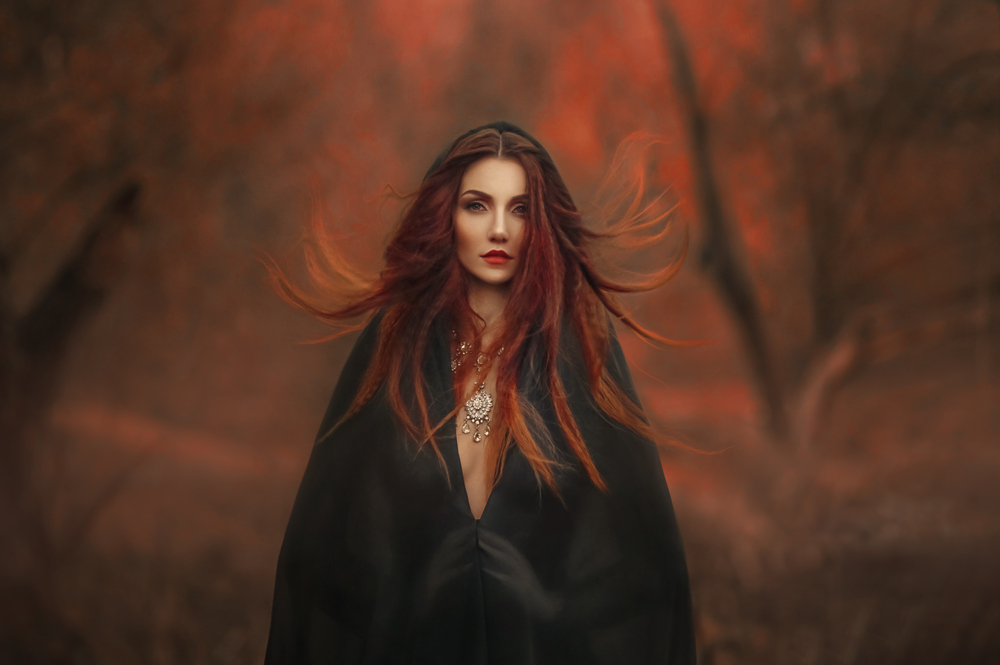
Jorōgumo, a terrifying creature from Japanese folklore, is a spider that can transform into a beautiful woman. This mythical creature uses its shapeshifting ability to lure unsuspecting victims into its web, where it reveals its true form and devours them.
The Legend of the Deadly Jorōgumo
In Japanese tales, the Jorōgumo is both alluring and deadly. It represents the dangers of deception and the predatory nature hidden behind a façade of beauty. This yokai is one of the most feared creatures in Japanese mythology, embodying the horror of being trapped and consumed by something that initially appears harmless.
7. The Nuckelavee: A Creepy Monster from Scottish Folklore
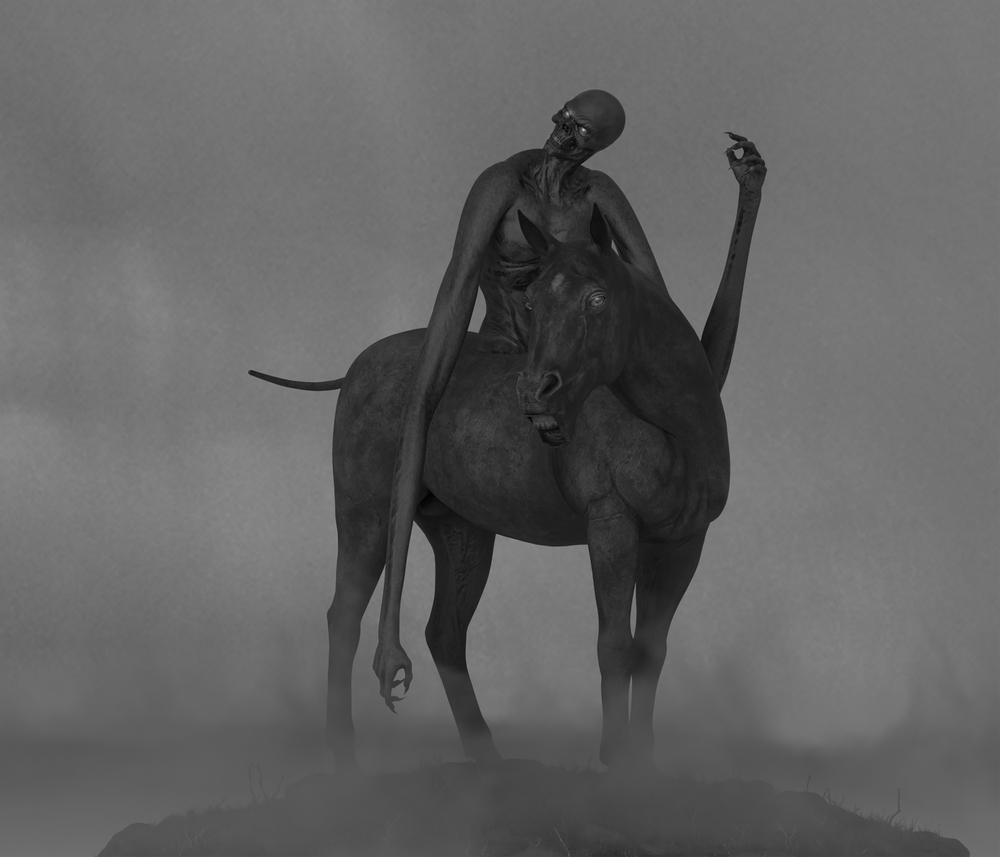
The Nuckelavee is a nightmarish creature from Orkney folklore in Scotland, described as a horse-like demon with a human rider fused to its back. It is considered one of the most malevolent and terrifying mythical beasts, bringing disease and destruction wherever it roams.
The Horrifying Legend of the Nuckelavee
The Nuckelavee's story is filled with terror and dread. It is said to emerge from the sea, its skinless body revealing muscle and sinew. The mere sight of the Nuckelavee is enough to cause illness, and its breath is toxic. This creature embodies the fear of the unknown and the uncontrollable forces of nature.
8. The Basilisk: The Deadliest Mythical Creature
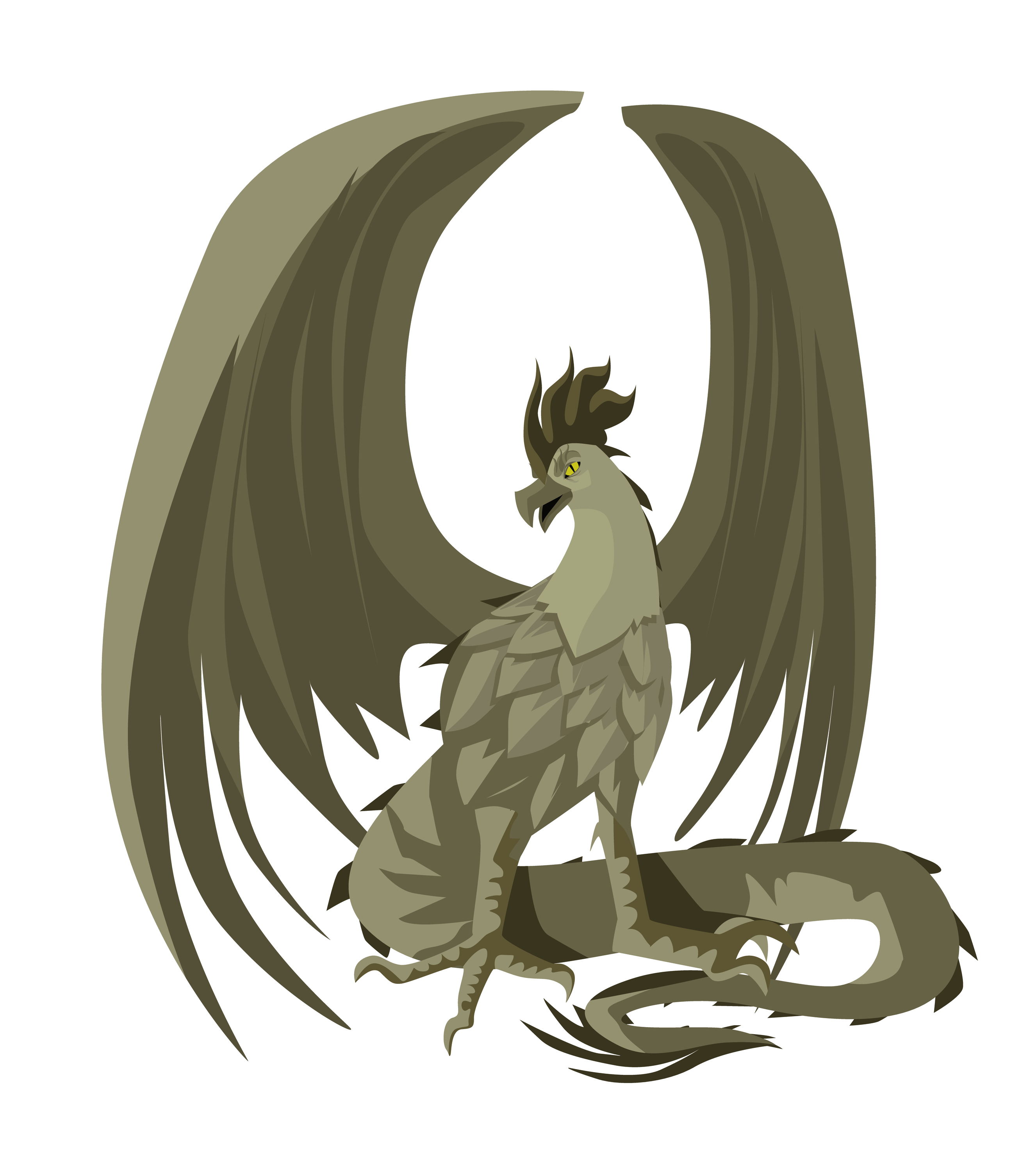
The Basilisk, often referred to as the "King of Serpents," is a creature from European mythology that can kill with a single glance. It is typically depicted as a serpent or a cockerel with serpentine features. The Basilisk's deadly power makes it one of the most feared mythical creatures.
The Lethal Gaze of the Basilisk
The Basilisk's legend is one of death and destruction. Its mere presence can wither plants and kill animals, and its gaze is fatal to any living being. In some stories, the Basilisk can only be defeated by hearing the crow of a rooster or seeing its reflection. This creature symbolises the deadly potential hidden within seemingly ordinary beings.
9. The Penanggalan: A Nightmare Mythical Creature from Southeast Asia
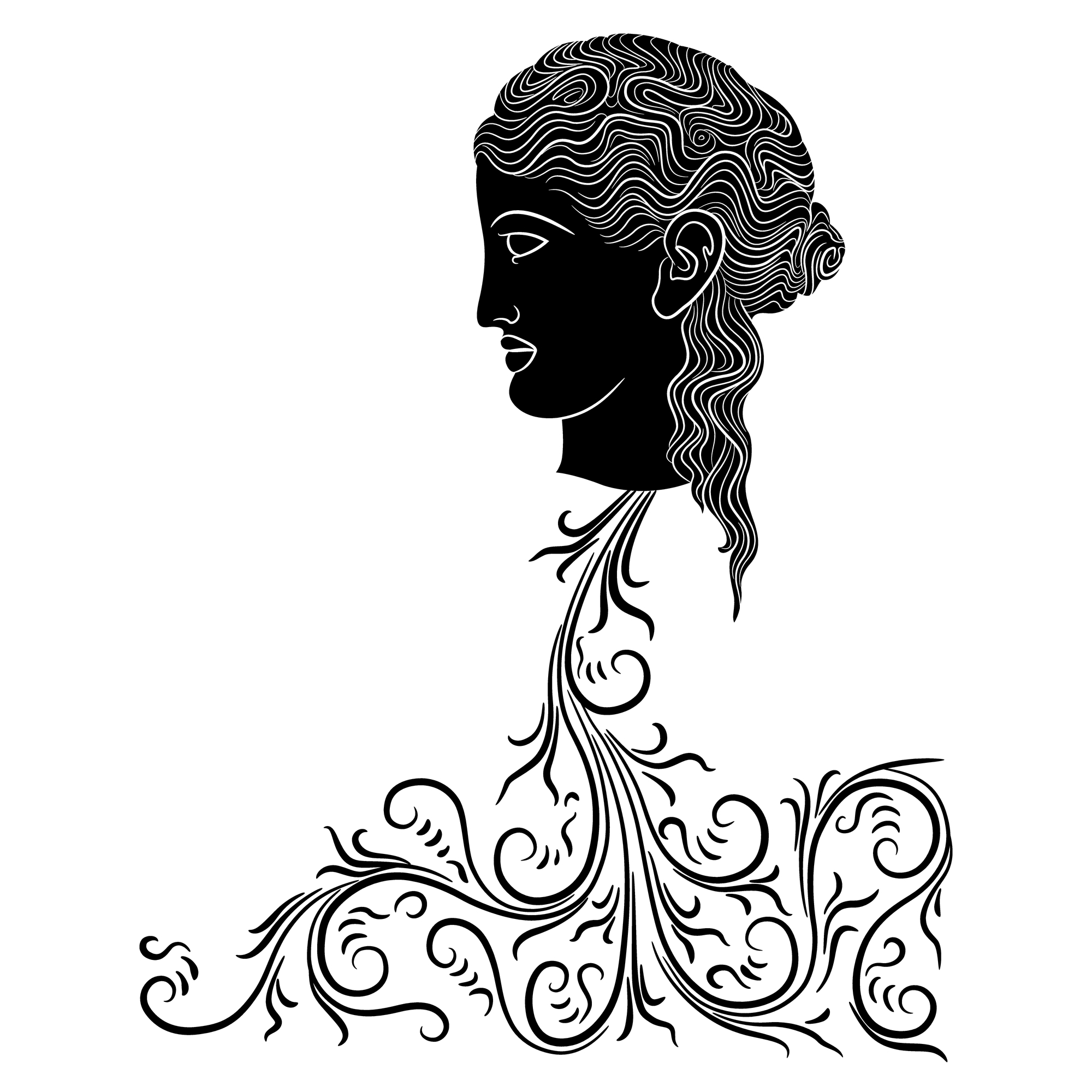
The Penanggalan is a ghastly creature from Malaysian and Indonesian folklore. It is described as a woman whose head detaches from her body, with her organs hanging beneath it, flying through the night in search of blood, particularly that of newborns and pregnant women.
The Terrifying Legend of the Penanggalan
The Penanggalan’s tale is both horrifying and tragic. It is believed to be a woman who practices black magic, gaining the ability to detach her head and fly. By day, she appears as an ordinary woman, but by night, she becomes a monstrous predator. This creature symbolises hidden dangers and the consequences of dabbling in dark arts.
10. The Dullahan: The Mythological Creature of Insanity
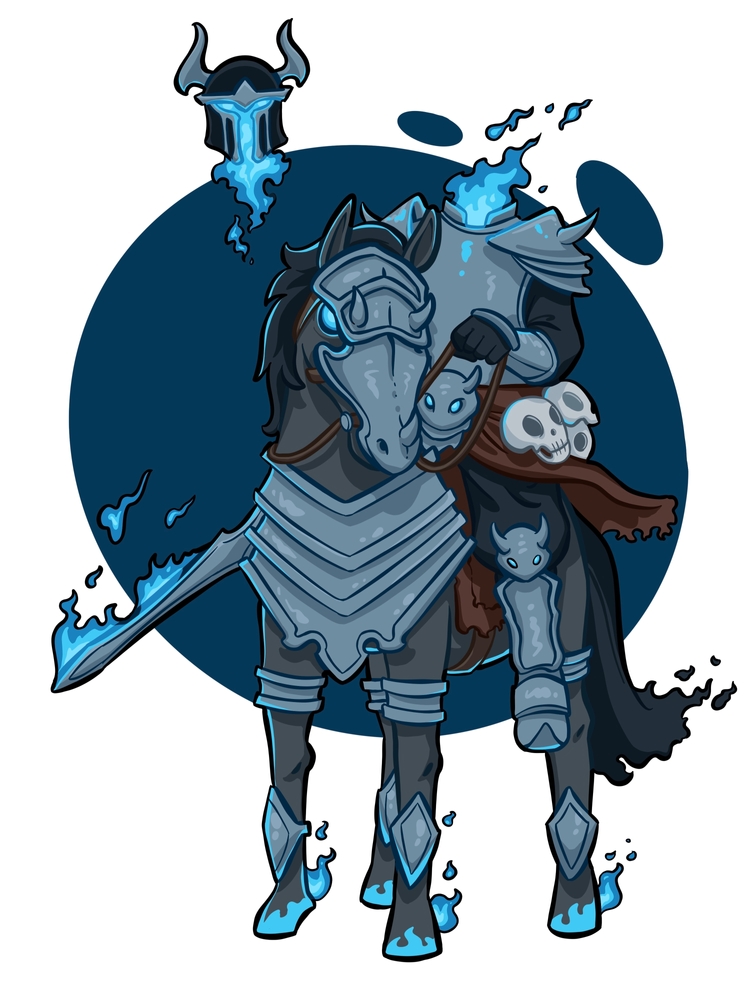
The Dullahan is a headless horseman from Irish mythology, often associated with death and insanity. Riding a black horse, the Dullahan carries his head under his arm and uses a whip made from a human spine. His appearance signals death, and he is said to call out the name of the person whose time has come.
The Grim Legend of the Dullahan
The Dullahan's story is one of pure horror. He is relentless in his pursuit of souls, and no lock or gate can keep him out. Those who witness the Dullahan's ride are said to be struck blind in one eye or doused with a basin of blood. This creature embodies the inescapability of death and the madness that can accompany it.
11. The Manticore: A Creepy Creature of Persian Mythology
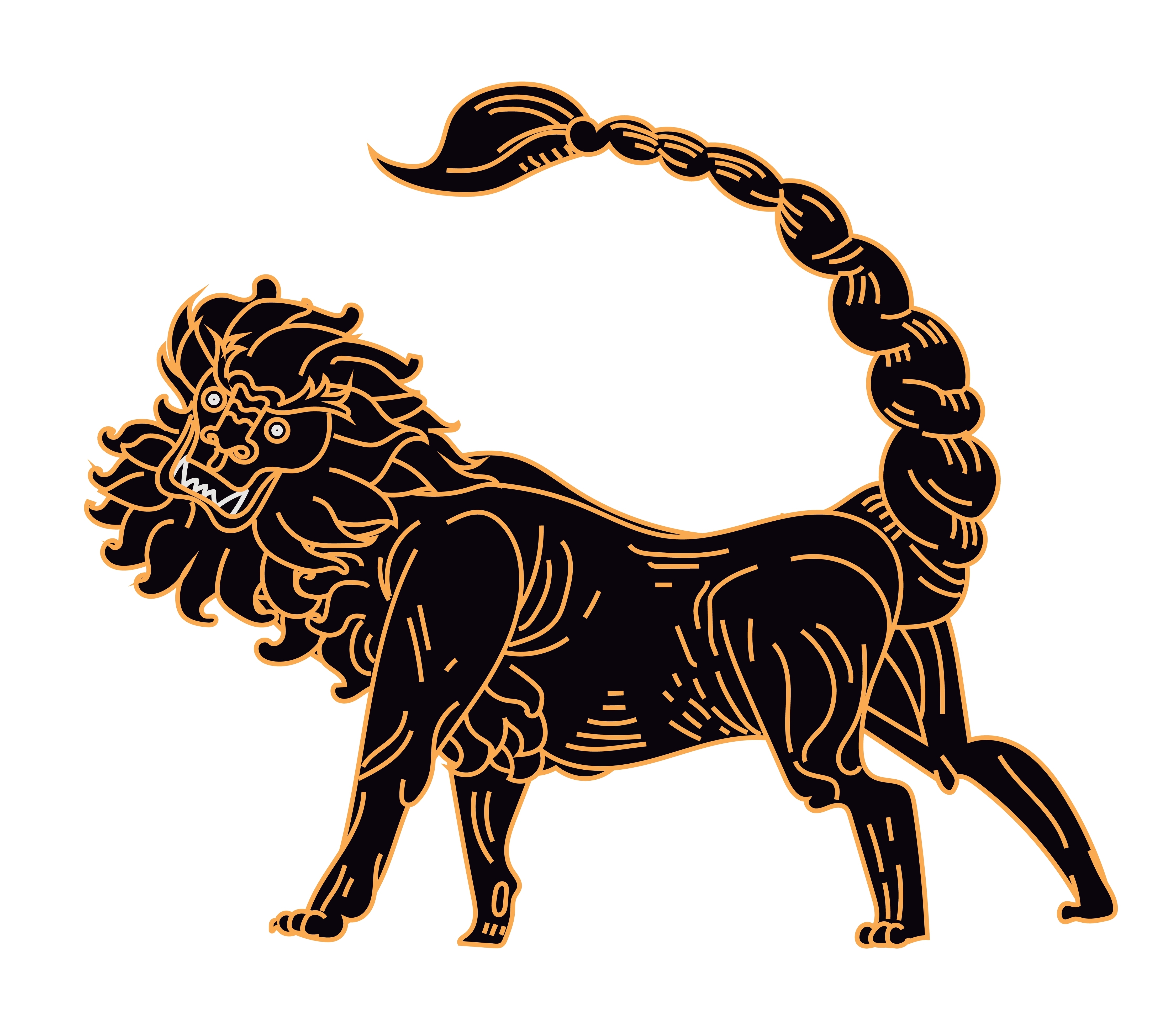
The Manticore is a fearsome creature from Persian mythology, often depicted with the body of a lion, the face of a man, and a tail tipped with venomous spines. This scary mythical beast is known for its insatiable hunger for human flesh and its ability to paralyse its prey with its deadly tail.
The Legend of the Menacing Manticore
The Manticore's story is one of terror and brutality. According to legend, it roams the deserts and devours any human it encounters, leaving no trace behind. The creature’s spines can be launched like arrows, making it a frightening opponent. The Manticore symbolises the unknown dangers lurking in uncharted territories and the primal fear of being hunted.
12. The Kappa: The Most Feared Yokai in Japanese Mythology
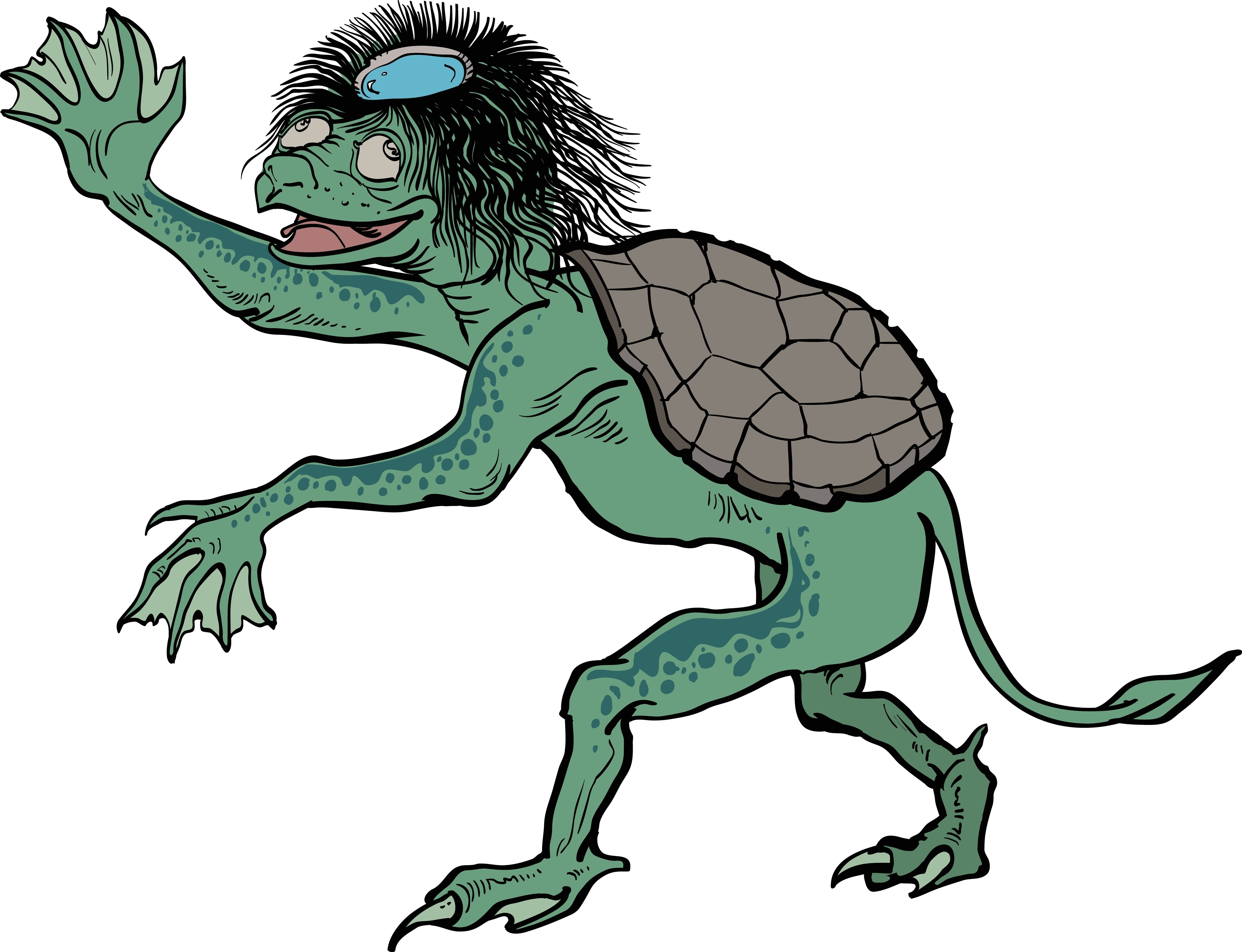
The Kappa is a water-dwelling creature from Japanese folklore, often described as a child-sized being with a dish-like depression on its head that holds water, its source of power. This terrifying mythical creature is known for dragging unsuspecting victims into rivers and lakes to drown them.
The Legend of the Mischievous Kappa
The Kappa's legend is a blend of horror and mischief. It is said to challenge humans to wrestling matches and, if victorious, will drag them underwater. However, the Kappa is also bound by strict etiquette; if you bow to it, it will bow back, spilling the water from its head and rendering it powerless. This creature represents the dangers of water bodies and the importance of respecting the natural world.
13. The Nian: A Scary Folklore Creature from Chinese Mythology
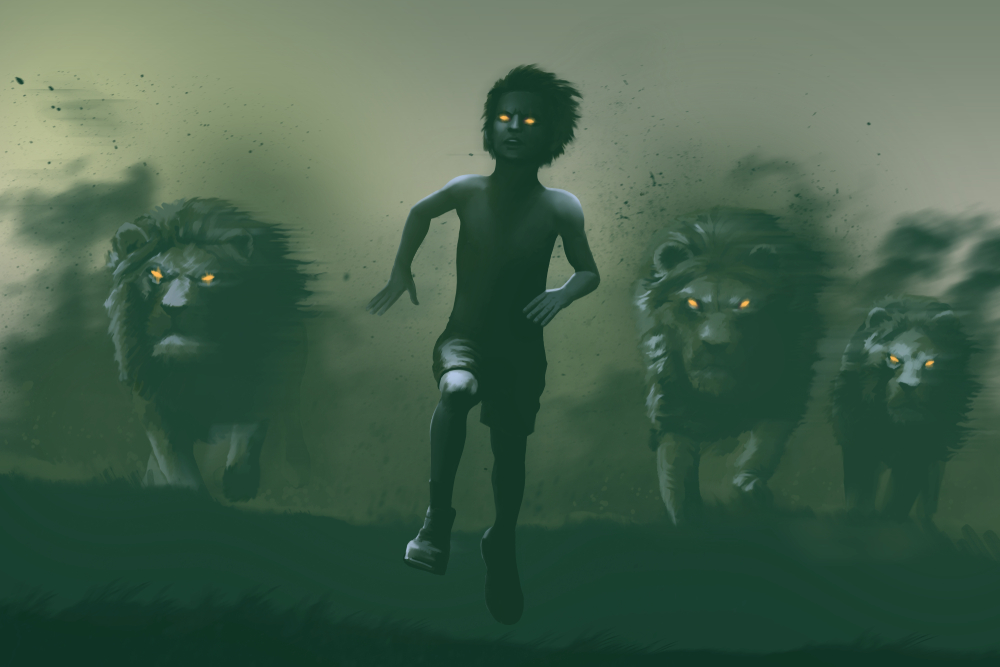
The Nian is a mythical beast from Chinese folklore that emerges from the mountains or sea to terrorise villages, especially during the Lunar New Year. This scary creature is often depicted as a large, lion-like beast with a fearsome roar and a taste for human flesh.
The Legend of the Fearsome Nian
The Nian's story is integral to Chinese New Year traditions. According to legend, the Nian would come down from the mountains at the end of each year to attack villagers. To ward it off, people would use loud noises, firecrackers, and the colour red, which the Nian feared. This creature symbolises the triumph of human ingenuity and courage over fear and adversity.
14. Ammit: The Mythological Creature of Insanity in Egyptian Mythology
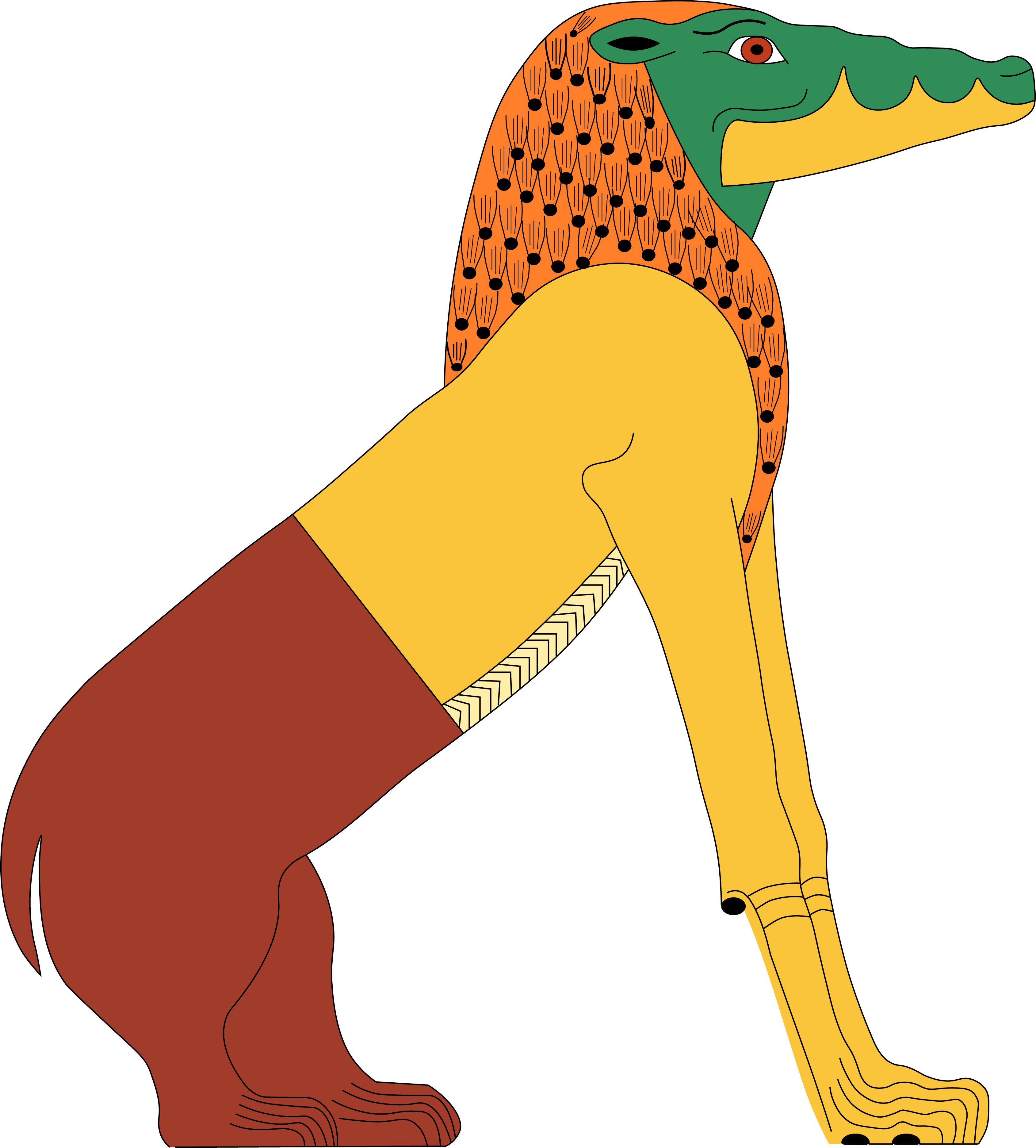
Ammit, also known as the "Devourer of the Dead," is a terrifying creature from Egyptian mythology. She has the head of a crocodile, the front legs of a lion, and the hindquarters of a hippopotamus. Ammit sits in the Hall of Two Truths, ready to devour the hearts of those deemed unworthy.
The Soul-Eating Ammit
Ammit's role in Egyptian mythology is both fearsome and crucial. During the Weighing of the Heart ceremony, the hearts of the dead are weighed against the feather of Ma'at, the goddess of truth. If a heart is heavier than the feather, Ammit devours it, condemning the soul to oblivion. This creature embodies the ultimate fear of eternal damnation and the importance of living a just and truthful life.
Frequently Asked Questions About Mythological Creatures
What is the origin of mythological creatures?
Mythological creatures originate from ancient stories and folklore passed down through generations. These creatures often embody the fears, values, and lessons of the cultures that created them. They are used to explain natural phenomena, teach moral lessons, and provide entertainment.
Are mythological creatures based on real animals?
Some mythological creatures may have been inspired by real animals or misunderstood sightings. For example, the Kraken could have been inspired by sightings of giant squids, while the Basilisk might be linked to exaggerated stories of large snakes.
How do mythological creatures influence modern culture?
Mythological creatures continue to influence modern culture in various ways, including literature, movies, video games, and art. They provide rich sources of inspiration for storytelling and are often used to explore themes of good versus evil, heroism, and the unknown.
Are there any real-life locations associated with mythological creatures?
Many mythological creatures are linked to specific locations. For example, Loch Ness in Scotland is famously associated with the Loch Ness Monster, and various landmarks in Greece are tied to creatures from Greek mythology, like the Minotaur's labyrinth in Crete.
What is the significance of mythological creatures in ancient societies?
In ancient societies, mythological creatures played significant roles in religion, culture, and education. They were often seen as manifestations of gods or spirits, used in rituals and ceremonies, and served as cautionary tales to impart moral lessons and cultural values.
How are mythological creatures depicted in art?
Mythological creatures are often depicted in art through sculptures, paintings, tapestries, and more. These depictions vary widely, reflecting the artistic styles and cultural contexts of the times and places where they were created. For instance, Greek vases might show Medusa with snakes for hair, while medieval European manuscripts could illustrate dragons and unicorns.
Are there any mythological creatures associated with specific gods or deities?
Many mythological creatures are associated with specific gods or deities. For example, Cerberus, the three-headed dog, guards the entrance to the Underworld in Greek mythology and is associated with Hades. In Hindu mythology, the Garuda is a bird-like creature that serves as the mount of Vishnu.
Do mythological creatures have any symbolic meanings?
Mythological creatures often carry symbolic meanings. For example, dragons in Western mythology are frequently symbols of chaos and evil, whereas in Eastern mythology, they are often seen as symbols of power, strength, and good fortune. The Sphinx, with its riddle, symbolises mystery and wisdom.
Are there any modern myths about new creatures?
Modern myths and urban legends continue to emerge, such as the Mothman, Bigfoot, and the Jersey Devil. These creatures are often the subject of local folklore and have gained popularity through media, continuing the tradition of myth-making in contemporary society.
Study Greek Mythology for £29
If you found these tales captivating and wish to learn more about mythology, the Greek Mythology Diploma Course at Centre of Excellence offers a fantastic opportunity. This course, available at a discounted price of £29, provides fascinating insights into the myths and legends that continue to influence our world.


